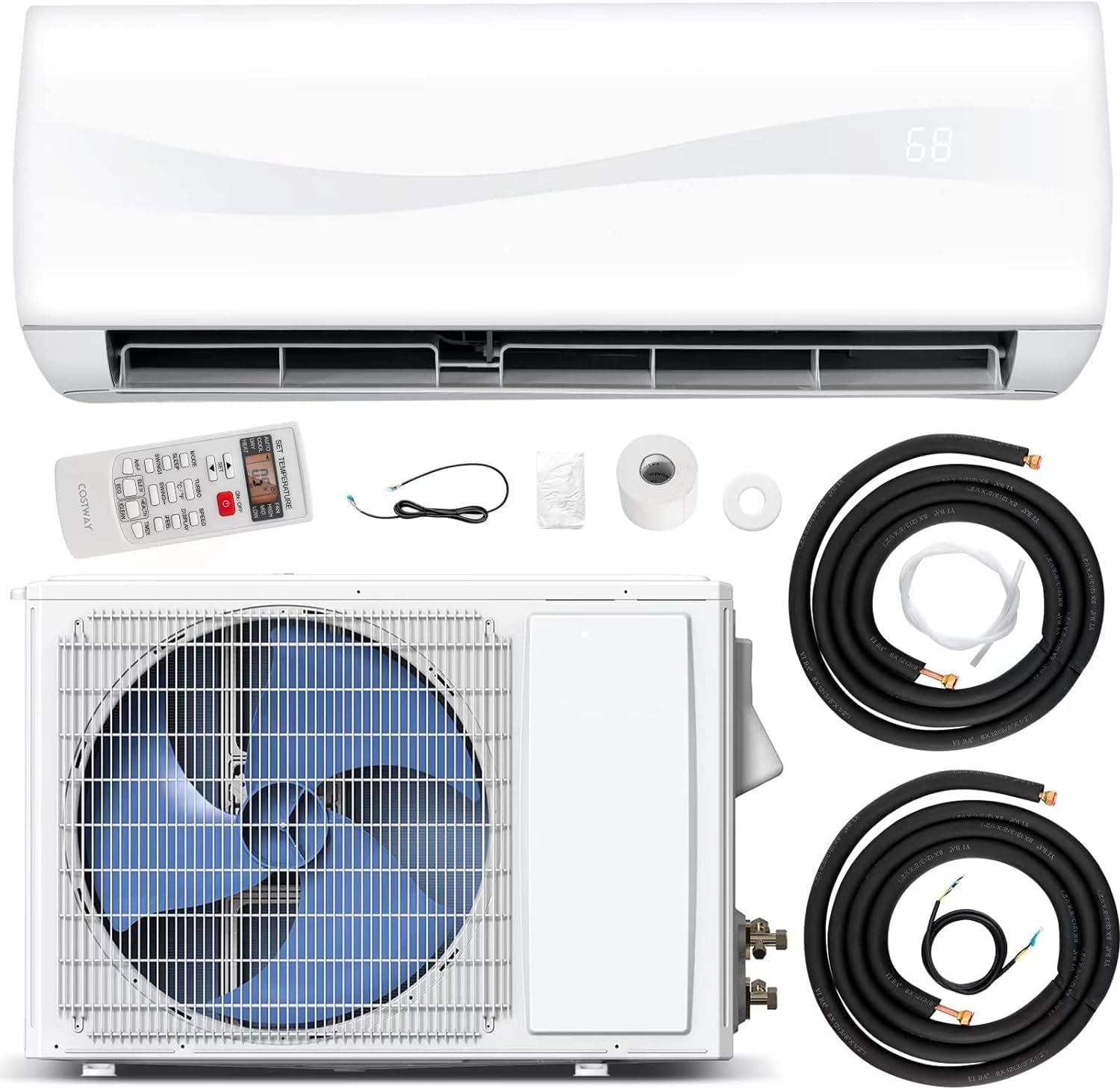Mini split AC systems, also known as ductless air conditioners, are increasingly popular in 2025 due to their energy efficiency, flexibility, and quiet operation. Many homeowners ask: Why should you choose a mini split ac over traditional central air or window units?
Mini splits offer unique advantages that make them an attractive alternative to conventional HVAC systems.

1. Ductless Design for Maximum Efficiency
Traditional central air systems rely on ductwork to distribute air throughout the home. Unfortunately, ducts can result in energy losses of up to 30%, especially in older homes or homes with leaky ducts.
Mini split ACs are ductless, meaning they deliver air directly to each room through an indoor unit. Benefits include:
-
Reduced energy loss.
-
More consistent indoor temperatures.
-
Lower monthly utility bills.
2. Zoned Comfort Control
Mini splits allow zoned heating and cooling, which means each indoor unit can be controlled independently. This provides:
-
Personalized comfort for each room.
-
Energy savings by cooling or heating only the areas you use.
-
Avoidance of hot or cold spots common in traditional systems.
Traditional systems rely on a single thermostat, often forcing you to overcool or overheat the entire home.
3. Energy Efficiency and Cost Savings
Modern mini splits use inverter-driven compressors, which adjust their speed based on demand. Unlike traditional systems that cycle on and off, this provides:
-
Lower electricity consumption.
-
Reduced wear and tear on the system.
-
Faster achievement of desired temperatures.
High-efficiency mini splits with SEER ratings of 20+ can save homeowners significantly compared to conventional central air systems or window units.
4. Easy Installation and Flexibility
Mini split systems are simpler to install than traditional ducted systems, especially in:
-
Homes without existing ducts.
-
Apartments or condos.
-
Room additions, basements, or garages.
Installation typically requires only a small hole to connect indoor and outdoor units, reducing labor, mess, and renovation costs.
5. Quiet Operation
Indoor units of mini splits operate much more quietly than window AC units or central air blowers. This makes them ideal for:
-
Bedrooms, offices, and nurseries.
-
Noise-sensitive areas where traditional systems may be disruptive.
Outdoor units are also quieter than traditional condensers, minimizing neighborhood noise.
6. Improved Indoor Air Quality
Mini splits often include:
-
HEPA or electrostatic filters to capture dust, pollen, and allergens.
-
UV or antimicrobial options to prevent mold and bacteria growth.
Unlike central systems with ducts that can circulate dust and contaminants, mini splits deliver cleaner air directly to each room.
7. Dual Heating and Cooling
Many mini split AC systems also function as heat pumps, providing both heating and cooling in one unit. This eliminates the need for separate heating systems like furnaces or baseboard heaters, offering:
-
Year-round comfort.
-
Reduced equipment costs.
-
More efficient energy use.
Conclusion: Why Mini Splits Are a Smart Choice
Choosing a mini split AC over traditional systems offers energy efficiency, zoned comfort, quiet operation, easy installation, and improved indoor air quality. Their versatility and efficiency make them ideal for both new and existing homes, apartments, and additions.
For homeowners seeking modern, cost-effective, and flexible climate control, mini split AC systems provide a smarter, long-term solution than conventional central air or window units.



